Table of Contents
Ever felt like your body’s been hijacked by your worries, leaving you wondering how to relieve physical symptoms of anxiety? You’re not alone. Anxiety doesn’t just mess with your mind; it can feel like a full-blown rebellion in your body, too. From a heart that suddenly races when you’re just trying to chill, to a stomach that flips more than an acrobat in the circus, it’s the real deal.
But what if we told you there are ways to tame this wild beast with nothing but a few changes at home? Stick around as we dive into the simple yet powerful home remedies and lifestyle tweaks that can help you reclaim your calm. And if those physical symptoms of anxiety won’t go away, we’ve got you covered on when to wave the white flag and seek help. Because, let’s face it, sometimes anxiety can make you physically sick, but it doesn’t have to stay that way.
How can anxiety affect you physically?
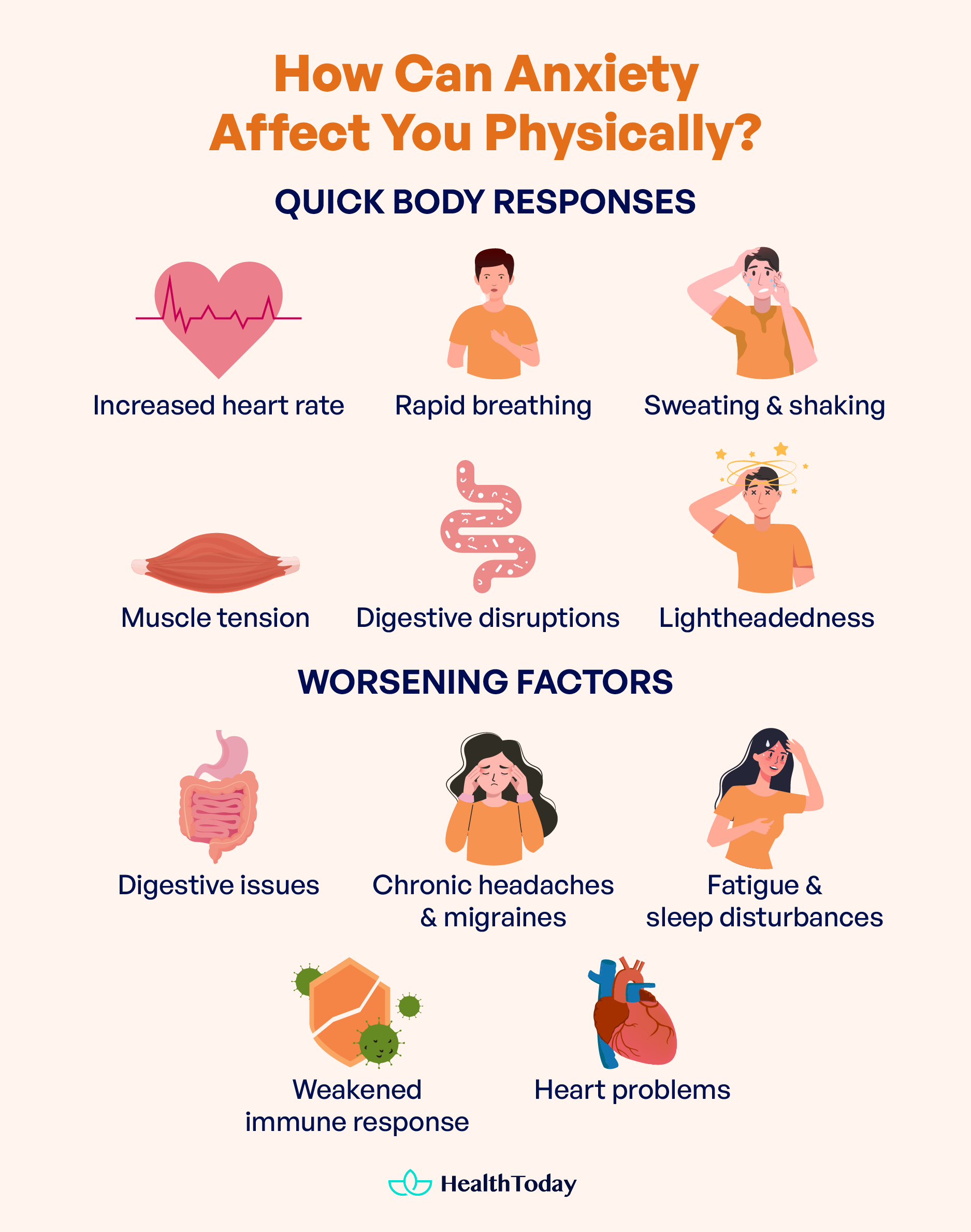
Anxiety is more than just a feeling of worry or unease. The physical symptoms of anxiety are not just discomforting—they’re your body’s immediate response to stress, acting as a loud and clear signal that something’s up. But can anxiety make you physically sick?
Understanding how and why can empower you to manage these symptoms more effectively.
Quick body responses
When anxiety kicks in, your body shifts into high gear, launching into the “fight or flight” mode—a primordial reaction honed by evolution to deal with threats.
This response triggers a flurry of physical reactions designed to prepare you to either confront the danger or escape it swiftly. Some physical symptoms include (1):
- Increased heart rate and rapid breathing.
- Sweating and shaking.
- Muscle tension, like shoulders tightening or your jaw clenching.
- Digestive disruptions, such as nausea, abdominal pain, and loss of appetite.
- Lightheadedness and dizziness.
These immediate physical responses are your body’s way of protecting you, but when the “threat” is not physical, it can seem out of place and frightening.
Long-term effects
Living under the shadow of constant anxiety is like running an engine on high for too long. Eventually, parts start to wear down.
The human body is no different. When anxiety becomes a regular guest, it can cause long-term problems such as:
- Digestive problems, like irritable bowel syndrome (IBS), indigestion, and stomach ulcers.
- Chronic headaches and migraines.
- Fatigue and sleep disturbances.
- Weakened immune response.
- Heart health problems, such as hypertension (high blood pressure) and an increased heart rate over time.
The connection between persistent anxiety and these long-term effects is clear: constant exposure to stress hormones like adrenaline and cortisol takes a toll on the body.
These hormones, useful in short bursts, can cause significant damage when their levels remain high over extended periods. They affect nearly every system in your body, leading to a range of physical health issues that can diminish your quality of life.

How to stop physical anxiety symptoms?
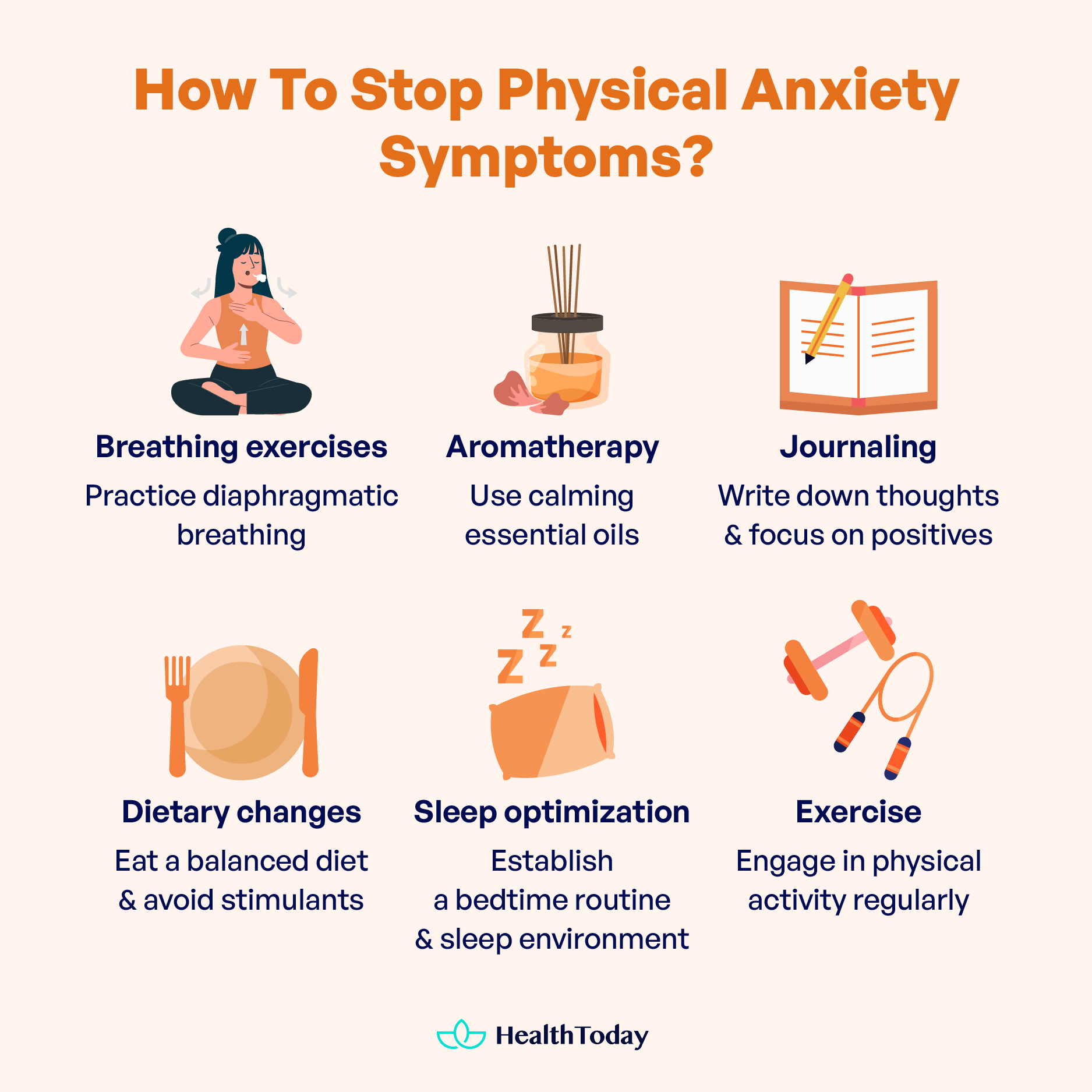

Imagine turning the page to find simple, empowering physical anxiety treatments that put you back in control. We’re diving into the heart of how to deal with the physical symptoms of anxiety with remedies you can start today, from the comfort of your home. Ready to get rid of physical anxiety?
Home remedies: Breathing exercises
Breathing exercises are a cornerstone of physical anxiety treatment, offering a simple yet profoundly effective method to calm your mind and body.
These exercises can be done anywhere, anytime, requiring no special equipment other than a few moments of your time and your willingness to find peace.
The benefits of slow breathing are not merely anecdotal; they are backed by science. A systematic review found that breathing at a slowed pace can induce a more relaxed and mentally clear state (2). Notably, improving heart rate variability (HRV), which has a soothing effect on the body and brain mediated by the vagus nerve.
The most common breathing exercise is diaphragmatic breathing, which is a technique that promotes deep, even breaths, engaging the diaphragm and allowing for maximum oxygen exchange. This type of breathing not only reduces stress but also strengthens the diaphragm and improves the efficiency of our breathing system.
Here’s how to practice diaphragmatic breathing:
- Lie down or sit comfortably, placing one hand on your upper chest and the other just below your rib cage on your belly.
- Breathe in slowly through your nose, ensuring your belly rises against your hand, while the hand on your chest remains as still as possible.
- Tighten your belly muscles and exhale slowly through pursed lips, like softly whistling.
- Repeat this process, gradually increasing the duration as you become more comfortable with the technique. Don’t forget to lengthen your exhales as this is what gets your body into the PNS dominance mode.
Home remedies: Aromatherapy
Essential oils like bergamot, lavender, clary sage, grapefruit, and ylang-ylang are nature’s way of boosting relaxation, improving sleep, and elevating mood.
It’s believed that when you inhale essential oil molecules, they interact with the smell receptors in your nose, sending messages directly to your brain’s limbic system—the area responsible for emotions and memories.
This interaction can have a calming effect, reducing the fight-or-flight response that is often overactive in people with anxiety.
A systematic review of randomized controlled trials examining the impact of various essential oils on anxiety confirmed their efficacy in reducing anxiety scores, blood pressure, and heart rate (3).
Here are some ways to practice aromatherapy:
- Drops: Add drops of essential oil around your home for a constant sense of calm. A few drops on your pillow can promote restful sleep without staining if placed in a saucer or bowl nearby.
- Spray: Create or purchase an essential oil spray to freshen up your living space, blending your favorite oils for a personalized aroma.
- Oil burner: The traditional method of using an oil burner not only disperses the scent but also adds to the ambiance with its gentle light.
- Scented candles: Candles infused with essential oils offer a dual benefit of scent and the soothing effect of flickering light.
- In the bath or shower: Adding a few drops to your bath or shower can envelop you in a calming aroma, setting the stage for relaxation.
Essential oils are versatile and can be used through inhalation or topical application, but they should never be ingested. It’s crucial to use therapeutic-grade oils without synthetic fragrances and purchase from reputable sources.
Always consider the oil’s suitability for different individuals, including children, pregnant women, and pets. Consulting medical professionals may be necessary.
Home remedies: Journaling
Sometimes, the best way to get rid of physical anxiety is to write it down and express it.
It’s similar to having an unfettered conversation with yourself, a chance to voice your innermost thoughts without fear of judgment or interruption. Studies have shown journaling significantly improves symptoms of mental health issues, especially anxiety (4).
In a storm of anxiety, finding things to be grateful for can be like spotting a rainbow in a stormy sky. Make it a habit to jot down a few things you’re thankful for each day. This shift in focus can illuminate the overshadowed positives in your life.
Studies suggest that journaling, particularly focusing on positive experiences, can be a viable strategy for reducing anxiety and enhancing overall quality of life (5).
Journaling also offers a unique vantage point to observe the patterns in your anxiety. Note the circumstances that amplify your anxiety. Understanding these triggers is the first step in managing them effectively.
Whether you write a few lines or fill pages, the act itself is what’s therapeutic. Integrating journaling into your daily life can transform it from a mere exercise to a powerful tool for mental wellness.
Lifestyle changes: Diet
The saying “You are what you eat” rings particularly true when it comes to managing anxiety.
A balanced diet rich in whole grains, vegetables, fruits, and lean proteins can stabilize blood sugar levels, which is foundational in mitigating the physical symptoms of anxiety. Furthermore, eating to support your microbiome can also aid in fighting anxiety, as a significant number of neurotransmitters are produced by beneficial bacteria.
Research from Harvard Health has discussed the importance of dietary choices in managing anxiety, suggesting that a diet rich in complex carbohydrates, omega-3 fatty acids, and antioxidants can help create a calmer feeling and reduce the physical symptoms of stress (6).
Besides eating certain things, avoid stimulants that cause you anxiety.
Both caffeine and alcohol have been shown to aggravate anxiety symptoms. Caffeine, a central nervous system stimulant, can increase heart rate and feelings of nervousness, especially in those with panic disorder (7).
Alcohol, while seemingly a relaxant, can disrupt sleep patterns and lead to feelings of anxiety as the body processes and metabolizes it (8).
Making dietary changes can be as simple as starting with small, incremental steps:
- Incorporate a “rainbow” of fruits and vegetables to ensure a wide range of nutrients.
- Choose whole grains over refined ones to maintain steady blood sugar levels.
- Experiment with reducing caffeine and alcohol intake gradually to find a balance that works for you.
- Explore probiotic-rich foods to support gut health, which can positively impact your mood and anxiety levels.
Lifestyle changes: Sleep
The symbiotic relationship between sleep and anxiety is profound, with each influencing the other.
The research underscores the detrimental effects of inadequate sleep on mental health, particularly anxiety.
A systematic review and meta-analysis revealed that both total and partial sleep deprivation significantly elevate anxiety levels (9).
This connection is echoed in studies showing that individuals getting six hours or less of sleep are markedly more prone to experiencing frequent mental distress (10).
It’s clear: to mitigate the physical symptoms of anxiety, prioritizing sleep is non-negotiable.
Implementing changes to enhance your sleep environment can have a profound impact on your anxiety levels. Here are actionable tips:
- Diminish light pollution: Use blackout curtains or eye masks to block out light. Limit screen time at least an hour before bedtime to reduce blue light exposure.
- Optimize bedroom temperature: Keep your bedroom cool, ideally around 65°F. Consider taking a warm bath before bedtime to help lower your body’s temperature afterward, making it easier to fall asleep.
- Minimize noise: Soundproof your bedroom as much as possible. Use white noise machines or apps to mask disruptive sounds. Consider earplugs if external noise is unavoidable.
- Establish a sleep routine: Going to bed and waking up at the same time every day, including weekends, can stabilize your body’s internal clock and improve sleep quality.
- Wind down before bed: Develop a pre-sleep routine that promotes relaxation, such as reading, meditating, or gentle stretching, to signal to your body that it’s time to wind down.
Lifestyle changes: Exercise
In the fight against anxiety, exercise emerges not just as a remedy but as a powerful preventive measure to ease the physical symptoms of anxiety.
The relationship between exercise and mental health is supported by an ever-growing body of research.
One investigation into the underlying mechanisms of how exercise benefits brain health reveals that physical activity can significantly affect brain functions and structures vital for memory and thinking, particularly as we age (11).
It boosts cerebral perfusion, enhances synaptic neuroplasticity, and even encourages neurogenesis—the birth of new brain cells. It also supports BDNF production, having further implications for brain health.
Acute exercise, or a single session of physical activity, has immediate positive effects on mood and cognition. It alters neurophysiology and neurochemical pathways, leading to an improved mood, enhanced executive functions, and reduced stress levels (12).
Exercise is a versatile and effective tool for managing anxiety. You can try running, yoga, weightlifting, swimming, dancing, or any of your choice!
Starting an exercise routine can seem daunting, but the key is to find activities you enjoy. This ensures you’ll stick with them long-term. Here are some tips to get started:
- Set realistic goals: Begin with manageable sessions and gradually increase intensity and duration.
- Find a workout buddy: Exercising with a friend can increase motivation and make it more enjoyable.
- Mix it up: Vary your routine to keep it interesting and to engage different muscle groups.
- Listen to your body: Exercise should challenge you but not overwhelm you. Adjust as needed to avoid burnout or injury.
- Make it a habit: Consistency is critical. Aim to make physical activity a regular part of your daily routine.
Tackling anxiety’s physical side effects isn’t easy, but simple home remedies and lifestyle tweaks can make a big difference. Techniques like breathing exercises, aromatherapy, and journaling can soothe you at home. Plus, eating well, sleeping properly, and staying active can greatly lessen anxiety symptoms.




Physical symptoms of anxiety won’t go away: What can I do?
Feeling stuck in the quicksand of anxiety’s physical symptoms can be a silent struggle, but knowing when it’s time to seek a helping hand is a brave step forward. If the remedies and routines you’ve tried aren’t cutting through the fog, it might be time to consider professional guidance. Let’s explore the signals that suggest it’s time to consult a healthcare professional and the medical treatments that can pave the way to a calmer you.
When to see a professional?
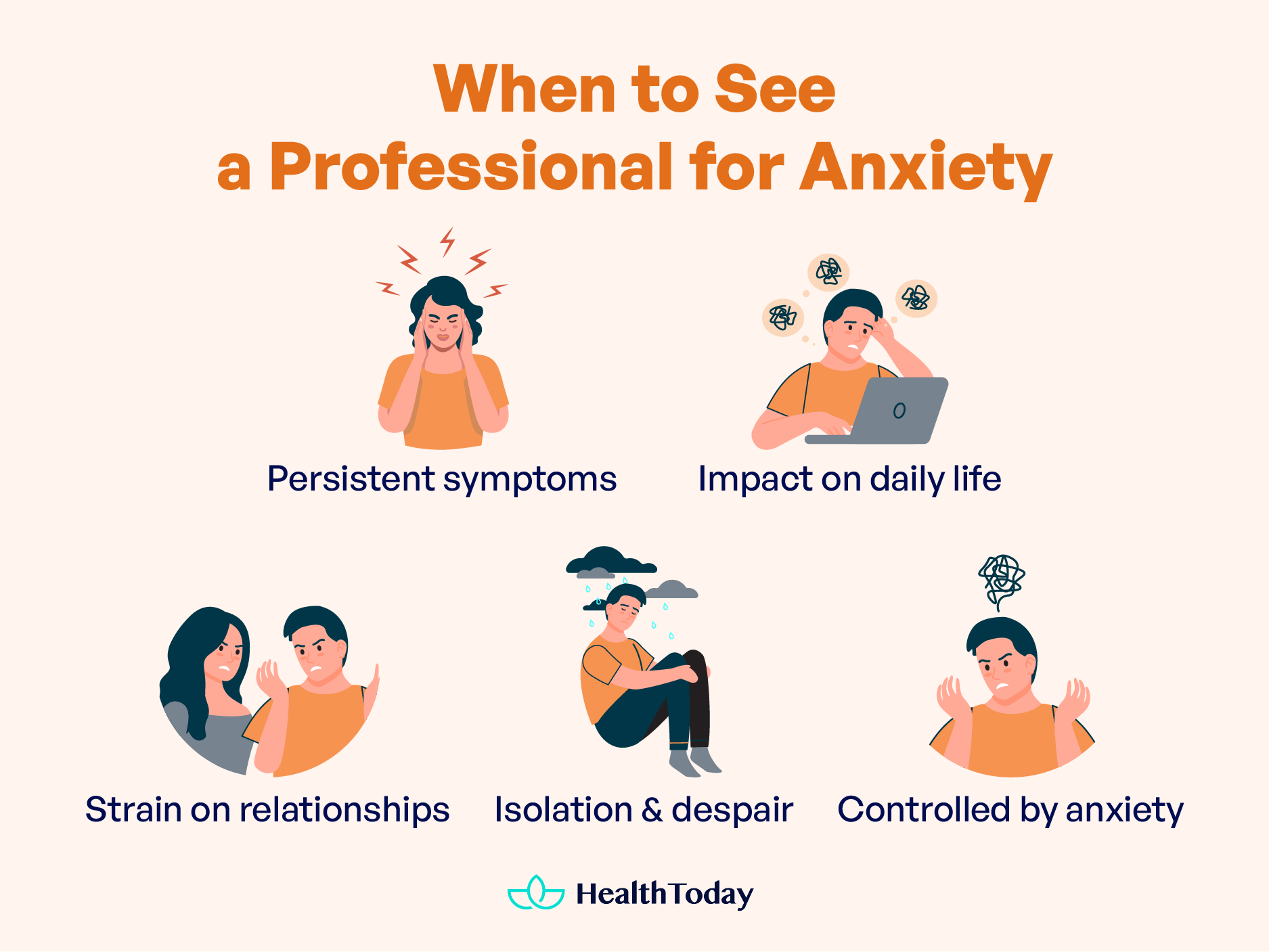

It’s important to recognize the signs that indicate it’s time to consult a healthcare professional about your anxiety.
Here are some guidelines to help you identify when professional intervention might be necessary:
- Persistent symptoms: If your anxiety symptoms persist for six months or more despite trying self-help measures, it’s a strong indicator that you should seek professional advice.
- Impact on daily life: When anxiety becomes an insurmountable obstacle that affects your ability to function in any aspect of everyday life—work, social interactions, or personal responsibilities—it’s time to seek help.
- Strain on relationships: Anxiety doesn’t only affect you; it can also put a strain on your relationships. If your anxiety is causing barriers or creating negative influences in your relationships, professional guidance can help you navigate these challenges.
- Isolation and despair: Feelings of isolation, hopelessness, or helplessness are serious red flags. Anxiety that leads to these thoughts needs immediate attention, as they can escalate into more severe mental health issues.
- Controlled by anxiety: If you find that your life is being controlled by your anxiety, with your emotional or physical responses dictated by excessive worry, it’s a clear sign that professional intervention could be beneficial.
Recognizing when to seek professional help is a sign of strength, not weakness. It’s an important step towards reclaiming your life from the grips of anxiety.
Medical treatments
The journey to managing anxiety often leads to a combination of therapy and medication, with the potential addition of complementary therapies recommended by healthcare professionals.
Medications are a common frontline strategy for severe anxiety and anxiety disorders. Benzodiazepines and antidepressants such as SSRIs, among others, can offer significant relief from physical symptoms such as muscle tension and stomach cramps.
However, it’s crucial to approach medication from an informed perspective, understanding both the benefits and the risks.
Therapy offers a powerful tool for addressing the cognitive and emotional aspects of anxiety. Common therapies for anxiety include:
- Cognitive behavioral therapy (CBT): CBT is a cornerstone of anxiety treatment, helping individuals identify and reframe negative thought patterns and behaviors. It’s a collaborative process where you and your therapist work on practical strategies to manage anxiety (13).
- Rational emotive behavior therapy (REBT) and mindfulness-based cognitive therapy: These are branches of CBT focusing on challenging irrational beliefs (REBT) and cultivating mindfulness and present-moment awareness (Mindfulness-Based CBT), respectively.
- Exposure therapy: Particularly effective for certain anxiety disorders like phobias, exposure therapy gradually introduces you to the objects or situations that cause anxiety, helping desensitize your reactions over time.




Can anxiety make you physically sick?
It can. Anxiety doesn’t just mess with your head; it talks to your body too—often in ways you might not appreciate. When you’re anxious, your body can experience a range of symptoms, from stomach aches to headaches and even bouts of nausea. PNI describes the interrelationship between our nervous, immune and hormonal systems in increased susceptibility to illness.
How to control physical anxiety symptoms?
Controlling physical symptoms of anxiety can be challenging but not impossible. Start with deep breathing; it’s the oldest trick in the book for a reason. Exercise regularly to burn off some of that anxious energy. Mindfulness and meditation can also help by bringing your focus back to the present. And don’t underestimate the power of a good night’s sleep.
What are the 4 C’s of anxiety?
The 4 C’s of anxiety are a handy little toolkit for managing those pesky worries: Calm, Challenge, Control, and Continue. First, stay Calm through deep breathing or meditation. Then, Challenge those negative thoughts—ask yourself how true they are. Take Control by focusing on what you can change or influence. Finally, Continue moving forward; don’t let anxiety dictate your life.
What is the last stage of anxiety?
The last stage of anxiety is panic-level anxiety, where fear suddenly hits you hard, making your heart race and your breathing fast. Everyone has different things that trigger these attacks, so figuring out what causes yours is important. Talking to a therapist can help you understand your triggers and learn how to handle them better.
What does minor anxiety feel like?
Minor anxiety is like having an annoying background noise that you can’t quite tune out. It’s there, whispering doubts and what-ifs, making your heartbeat a tad faster, and perhaps causing a slight flutter in your stomach. It’s not overwhelming, but it’s like a constant reminder that everything’s not entirely at ease.
Summary
Tackling the problem of how to relieve physical symptoms of anxiety can feel daunting, but it’s far from impossible. From the immediate relief offered by breathing exercises, aromatherapy, and journaling to the foundational support provided by diet, sleep, and exercise, we’ve explored a spectrum of strategies to reclaim your peace.
Remember, if these steps don’t seem to cut through the fog and the physical symptoms of anxiety won’t go away, it’s a sign to seek professional help.
Anxiety might feel like an unwelcome guest that can make you physically sick, but with the right tools and support, you have the power to show it the door.







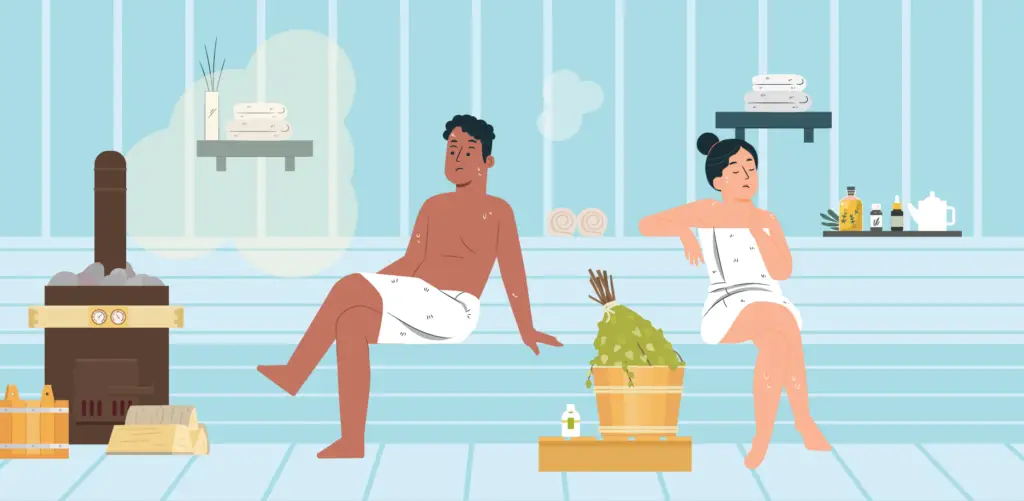
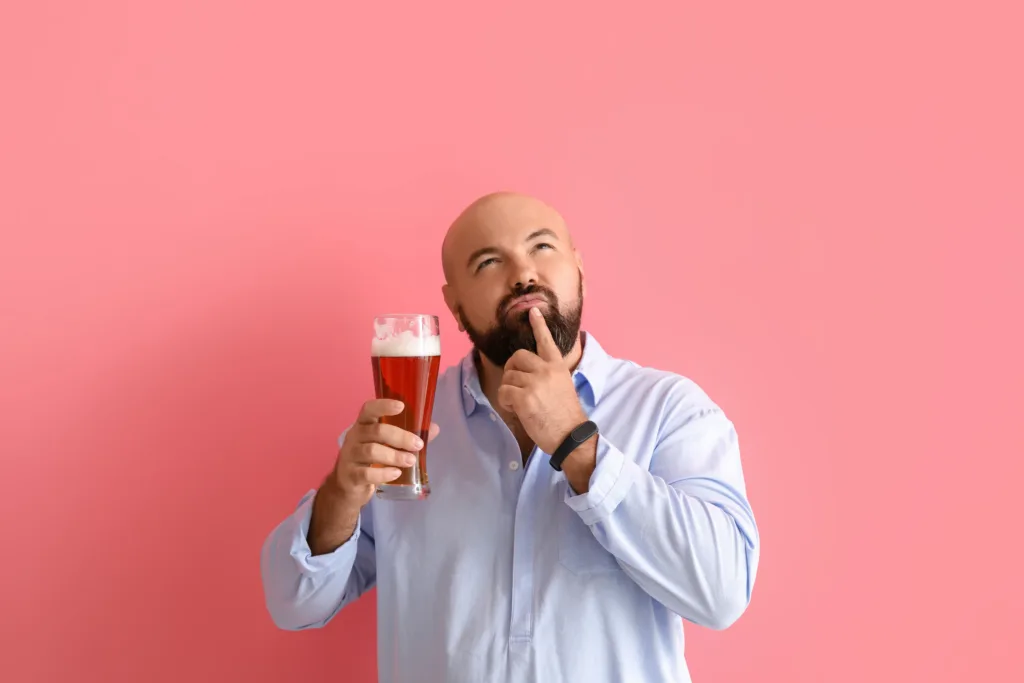
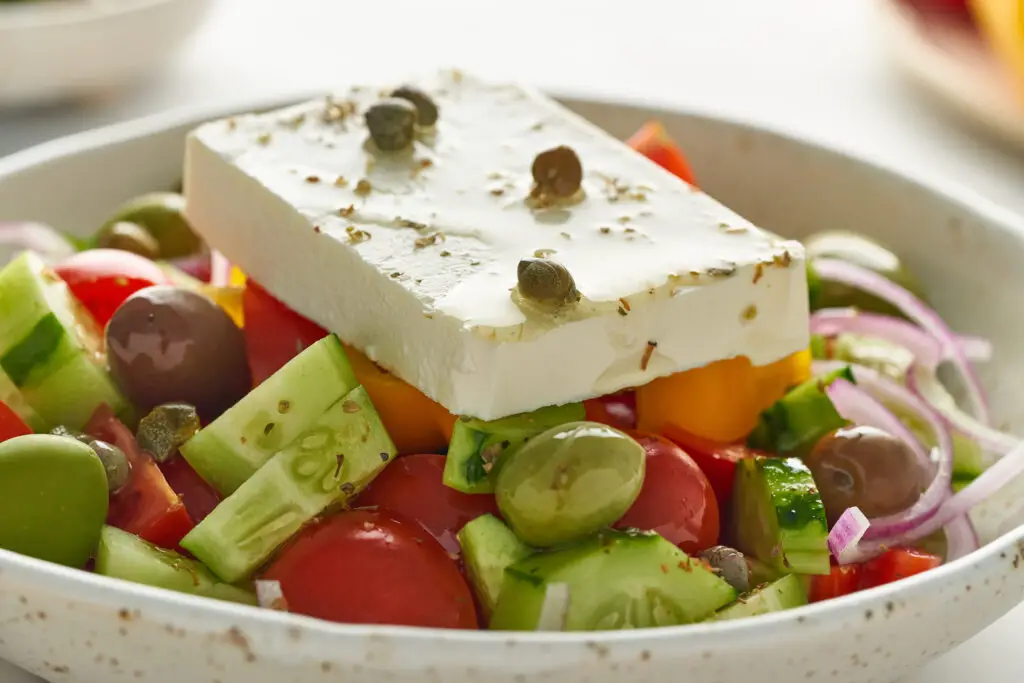
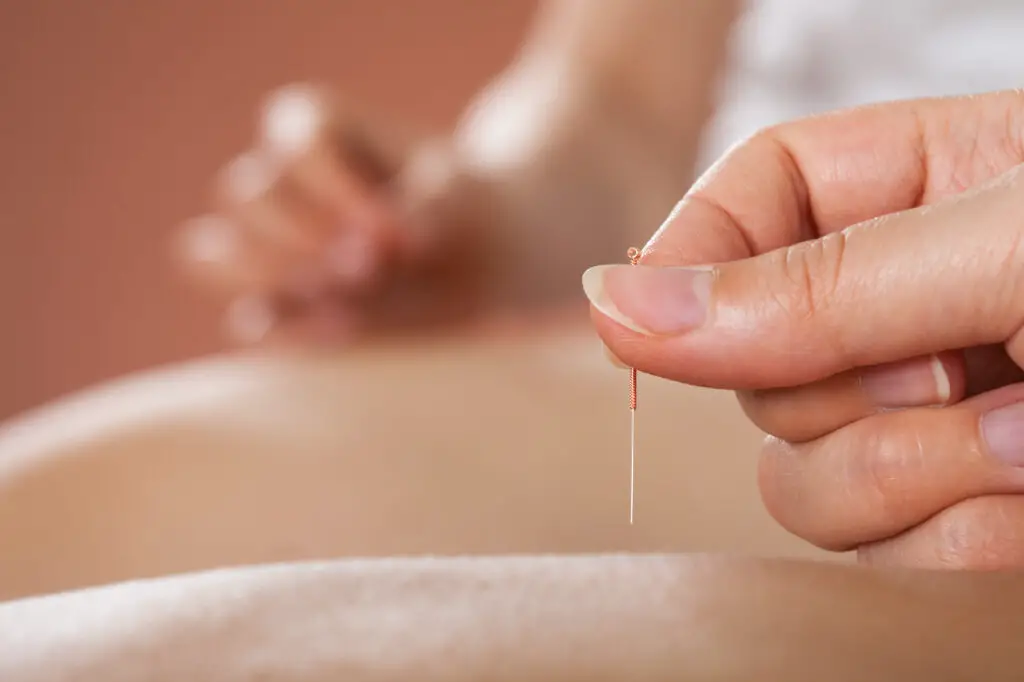
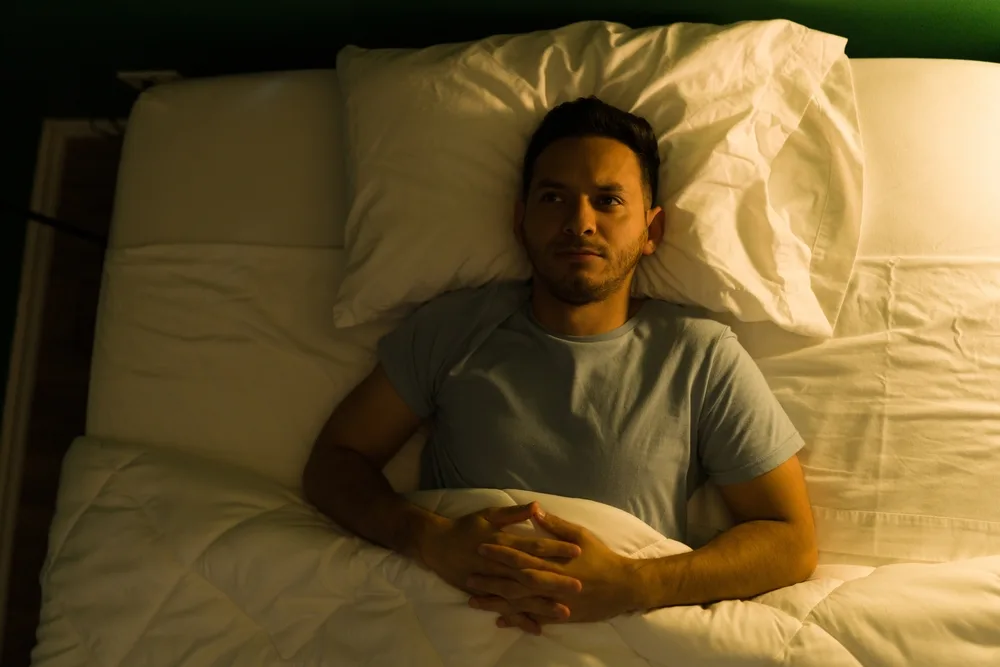

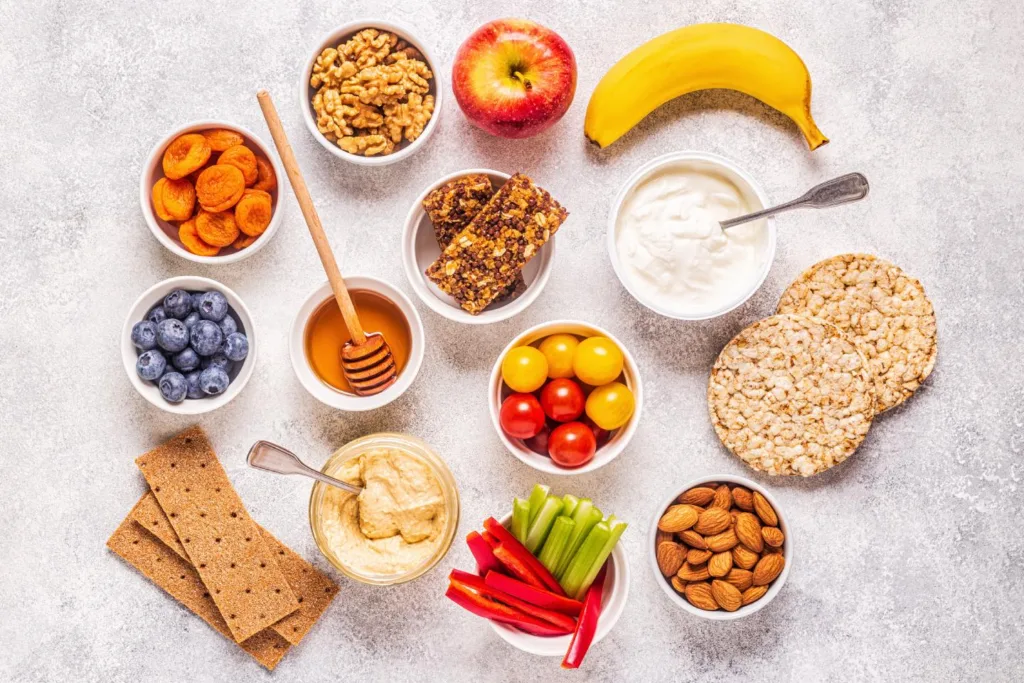

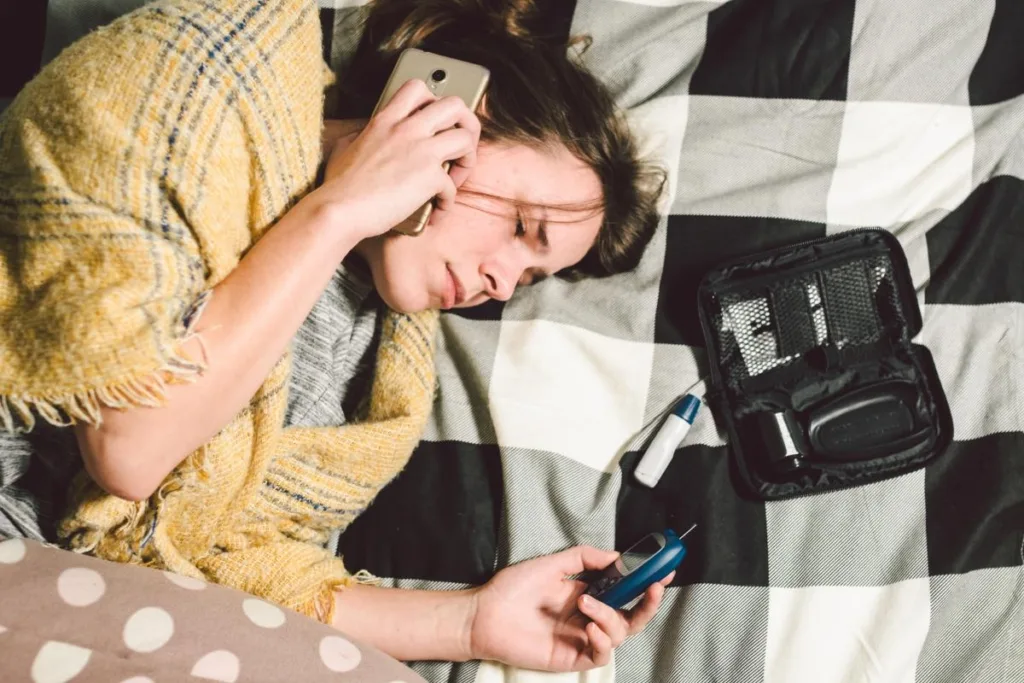
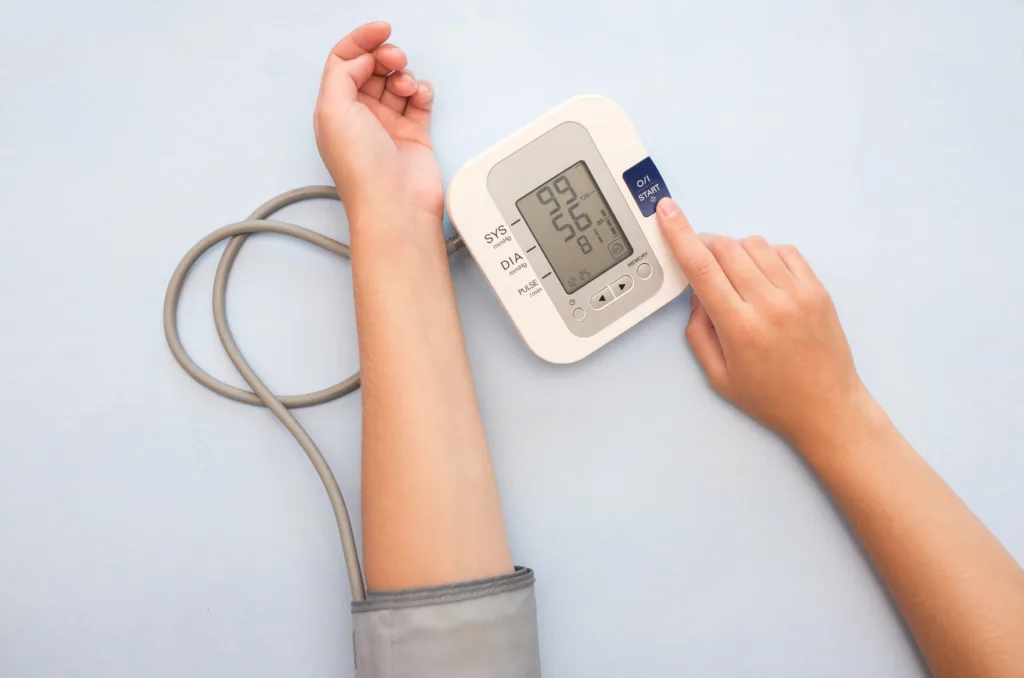
Comments
0